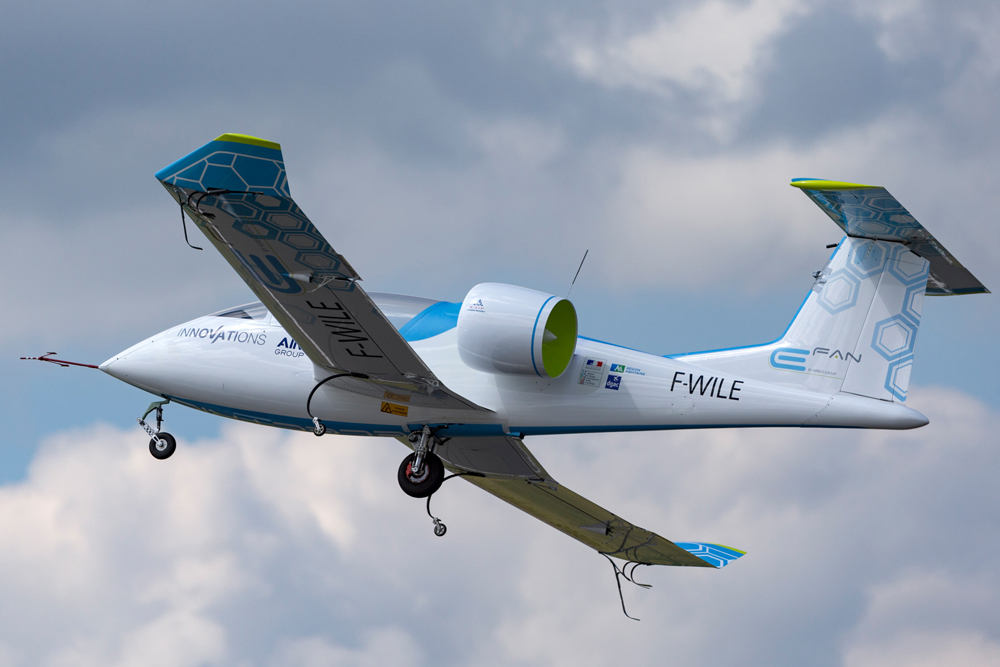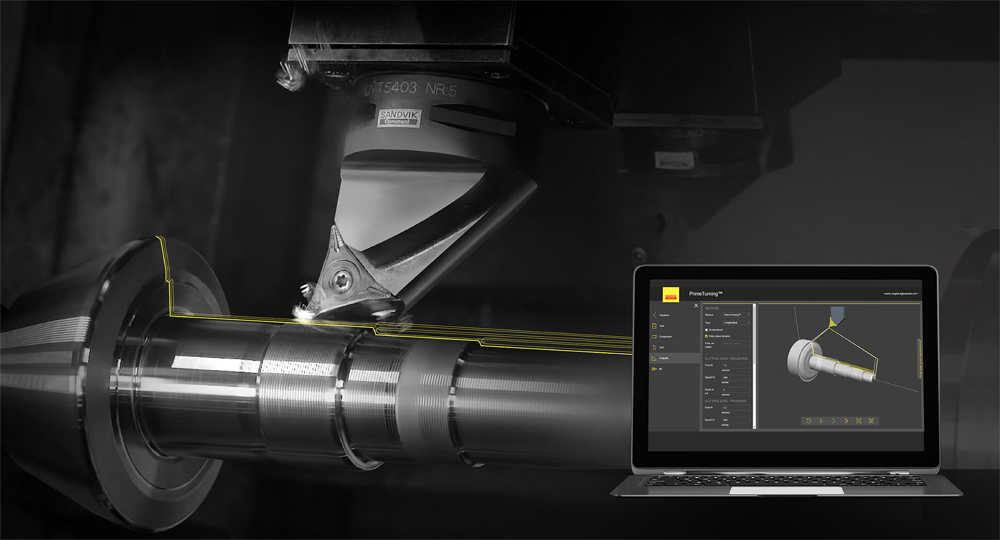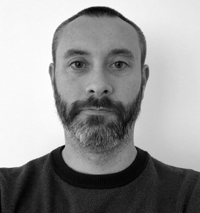Future Trends in Aerospace

Characterized by growth for decades, the aerospace industry has never been in as deep a crisis as COVID-19. Now that the markets have returned to the levels of growth last seen in 2006, how can aerospace manufacturers get back on track? The answer lies in more sustainable manufacturing. An expert in the field explains how collaboration will play a vital part in the recuperation of the industry.
The Aerospace industry had been growing consistently for 14 years when the pandemic struck. There’s no doubt that trends and the future of aerospace have been immensely affected by the unprecedented coronavirus pandemic. There has been an exponentially reduced business or vacation travel, while airlines have had to adjust to substantially lower levels of profitability.
It isn’t all bad news. The Aerospace sector has seen some improvement in the first half of 2021. Success, though, is tied to several factors like vaccinations and the global economic outlook, with Chinese economic prosperity, business, and holiday travel recovery also having an influence. Projections estimate the industry will be back to where it was pre-crisis within the next two to three years. The speed of this recovery will vary in different countries and regions. Nevertheless, over the long term, the number of new airplanes could still be reduced by 25 percent by 2040.
Design changes and challenges
Another big change, from an engineering perspective, is that airplanes will be single-aisled rather than twin-aisled and, therefore, less wide-bodied. They will also be required to have a longer flying range. Engines and frames are closely connected: one doesn’t go without the other, but with engines, we can say the focus is on sustainability. This means a reduction in weight, noise, and emissions and higher efficiency with less consumption. These single-aisled crafts must satisfy a wide range of uses without increasing the size or quantity of engines.
There are different ways of approaching these design challenges. One is to find alternative fuels using existing engine tanks, such as synthetic fuel, biofuel, or hydrogen. Then you have a new engine architecture with large manufacturers presenting new types of engines, which is a longer-term approach. Then we have alternative forms of engines that are electrified, battery-driven or electromagnetic, or hybrid engines where current engines are assisted by electric power motors.
Projections estimate the Aerospace industry will be back to where it was pre-crisis within the next two to three years. The speed of this recovery will vary in different countries and regions.
Other obstacles
If we look at the Automotive industry, it is already making great progress with new electrified and hybrid systems. Aerospace original equipment manufacturers (OEMs), meanwhile, are still working on these systems, and many of these developments are not expected to find widespread use before 2035. With smaller aircraft, which hold two to ten people, for example, these technologies could appear earlier.
Reductions in noise, weight, and emissions will, of course, affect how these electric systems perform, but there are challenges. If there are issues with an electric vehicle (EV) like an automobile then it can stop at the side of the road. However, that’s not an option 10,000 feet up in the air. What’s more, batteries are heavy when designers and engineers want planes that are lighter to travel longer distances. So, there are technical obstacles to work with.
For a component like the aircraft’s fuselage, OEMs are going in two different directions. On the one hand, we are seeing increased use of aluminum, although aircraft components require new types of aluminum with greater strength, fatigue resistance, and other attributes. This approach adheres to traditional aircraft designs where you have, to put it simply, a big tube with wings and an engine.
Another approach is to explore other shapes of aircraft like delta shape, blended wing body, and strut-braced wings, or where the engine is more integrated into the fuselage. Here, engineers will more likely turn to composites, or composite-ceramic combinations, or mixed materials. Whether these designs become popular remains to be seen. For now, we can be sure that more aluminum will be used, and also heat-resistant super alloys (HRSAs). HRSAs are typically used for aircraft parts that face extreme performance demands. Their high strength at elevated temperatures means the materials can retain their hardness when facing intense heat.
However, even the best aircraft component manufacturers can be inexperienced in manufacturing these tougher materials. This is where Sandvik Coromant’s expertise has proved useful.
Component solutions
Sandvik Coromant offers component solutions in response to the growing pressure on machinists to multi-task. Rather than focusing on one machine, today’s engineers can operate four or five machines at a time, which gives them less time or opportunities to focus on specific processes. But, what do we mean by a component solution? It refers to taking a more holistic perspective, which means it’s not just about the tools Sandvik Coromant provides but also about assisting with the complete process.
That was the case when a Sandvik Coromant customer in aerospace was experiencing challenges when machining HRSA materials. The customer’s existing approach required multiple machine tools, with poor chip control and long cycle times. There were issues with inconsistent tool life and unreliable processes, and the machining operation often required full-time monitoring by an operator.
If there are issues with an electric vehicle (EV) like an automobile then it can stop at the side of the road. However, that’s not an option 10,000 feet up in the air.
For high-value projects like these, the component solution from Sandvik Coromant consists of several stages. They include looking at the machine requirements, time studies to examine the cost-per-component, and analyzing production methods at the run-off related both to Methods-Time Measurement (MTM) and end-user processes. It also includes computer-aided manufacturing (CAM) programming and project management of local or cross-border projects.
These analyses revealed that we needed to change the customer’s programming strategy to solve its chip-breaking problems. In combination with the tool, Sandvik Coromant’s specialists developed a new strategy with dynamic drive curves, which allowed us to control the chip breaking at every moment. We called this new approach ‘scoop turning’ and now have a patent on it.
Scoop turning resulted in very good savings for the customer. In addition to chip control, the customer also achieved an 80 percent cycle time reduction and doubled tool life. It was able to reduce its use of four machines down to one, reducing the need for multi-tasking with more secure machining processes and green light production.
This shows how a more holistic approach can benefit a manufacturer’s bottom line. Software also plays a vital role, such as the CoroPlus® Tool Guide, which is part of Sandvik Coromant’s digital portfolio. Customers can make crucial decisions on the choice of tool and cutting parameters before they have even commenced production.

More sustainable turning
Aerospace manufacturers are taking different approaches to tackle sustainability. Nevertheless, Sandvik Coromant found it was possible to develop a bespoke solution for one customer that has since benefited entire industries.
To help the customer perform better turning operations on HRSAs, Sandvik Coromant’s response was to develop the S205 turning grade. The insert is coated with second-generation Inveio® coating for high wear resistance and long tool life, while post-treatment technology strengthens the S205 insert by modifying its mechanical properties. The material has an Inveio® layer characterized by tightly packed, uni-directional crystals that create a strong protective barrier around the insert. This maximizes thermal protection and improves crater wear with better flank wear resistance.
The grade is well-suited for machining components such as aircraft engine turbine discs, rings, and shafts. Our customers have reported 30 to 50 percent higher cutting speeds with S205 compared with competing HRSA turning grades, and these results were achieved without compromising tool life. S205 has since benefitted several manufacturers in Aerospace and other industries. These results were achieved with a holistic approach, specifically with Sandvik Coromant’s PrimeTurning™ ethos that allows all-directional turning for maximized productivity.

The PrimeTurning™ methodology is based on the tool entering the component at the chuck and removing material as it travels towards the end of the component. This prioritizes all-important metal removal rates for faster, quality production and changeovers. In some cases, our customers have completed production runs with just one tool changeover when, with a competitor’s tool, they would have needed five.
Aerospace may be facing one of its biggest crises yet, but there is light behind the clouds. Sandvik Coromant continues to support all the leading aerospace OEMs in their post-pandemic recovery by marrying sustainability with better tools and optimizing cutting parameters with a holistic approach to tooling.

SÉBASTIEN JAEGER
Industry Solution Manager, Aerospace
Sandvik Coromant



 Facebook
Facebook.png) Twitter
Twitter Linkedin
Linkedin Subscribe
Subscribe